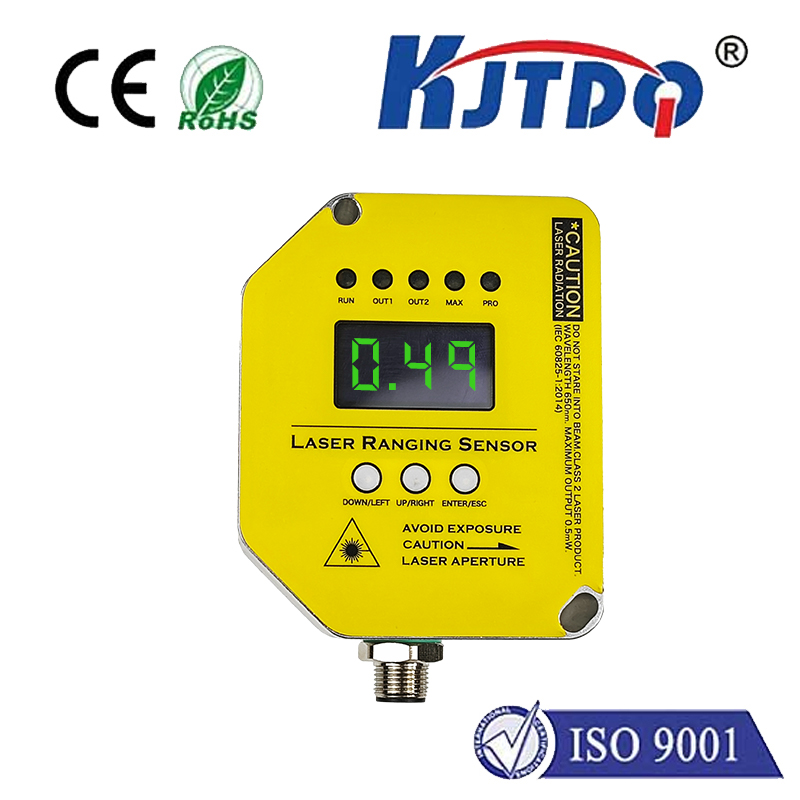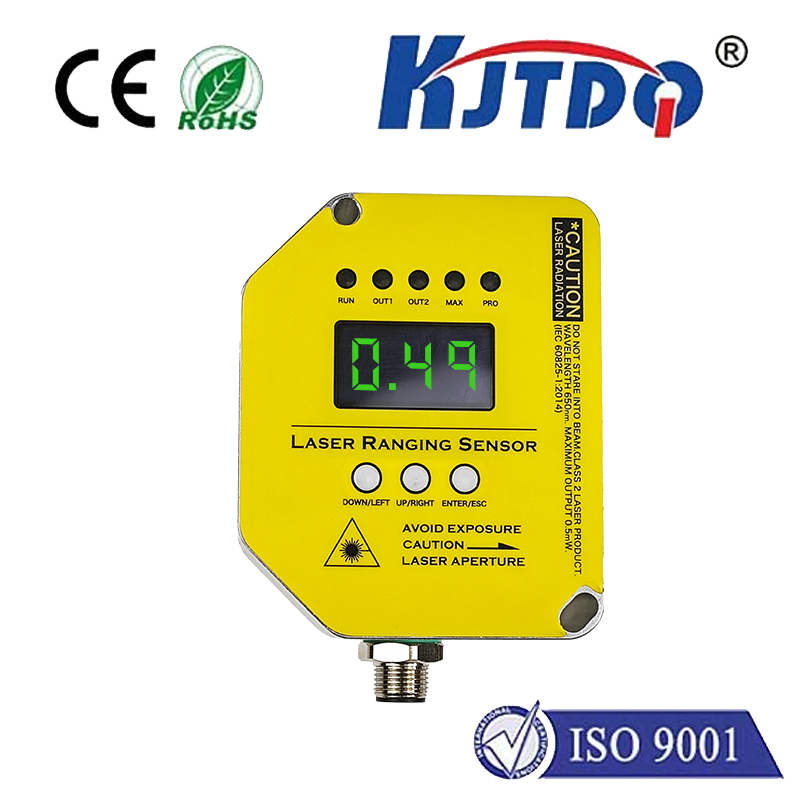

check

check

check

check
Imagine searching for “best Italian restaurant near me.” Instantly, results populate your screen, prioritizing pizzerias and trattorias within walking distance or a short drive. This isn’t magic; it’s the powerful, often subtle, force of proximity fundamentally shaping your search experience. But proximity in search engines goes far beyond just physical location. It’s a core principle woven into the very fabric of how algorithms understand language, intent, and context to deliver meaningful results. Let’s delve into the multifaceted world of proximity search.
At its heart, proximity search refers to the concept that the closeness of words, phrases, concepts, or even physical locations to each other within a query or a document carries significant weight in determining relevance. Search engines like Google leverage this principle to interpret user intent with far greater nuance than simply matching isolated keywords. It’s about understanding the relationships between terms.
The Linguistic Dimension: Words in Concert
One of the most critical applications of proximity is in analyzing language structure. When words appear close together within text – like in a phrase, a sentence, or a specific section – search engines infer a stronger semantic relationship than if those same words were scattered randomly throughout the page.

"red sports car" (in quotes) demands that those three words appear exactly together and in that order. The proximity is absolute. Without quotes, the algorithm still recognizes that red, sports, and car appearing near each other strongly suggests the searcher is looking for information about red sports cars, not just any red object or any sports car. It’s the co-occurrence and closeness that signals context.organic, compost, raised beds, and heirloom tomatoes in close succession, the page is clearly signaling a focus on organic gardening. Even if the exact phrase “organic gardening tips” isn’t used, the proximity of these semantically related terms builds the conceptual picture. This semantic proximity is crucial for ranking content that comprehensively covers a topic.shoes for running and running for shoes. The former clearly indicates athletic footwear, while the latter suggests an activity. The nearby preposition for radically alters the meaning that proximity reveals.Beyond Words: Location, Location, Location
The most intuitive understanding of proximity search relates to geography. Local SEO is fundamentally built on spatial proximity.
Near Me Queries: Explicitly triggers the engine to prioritize businesses or points of interest physically close to the user’s detected location, utilizing GPS data or less precise IP-based location.Near Me: Even without the explicit modifier, searches like coffee shop or emergency dentist inherently carry local intent. Search engines interpret this and prioritize results based on geographical proximity to the user.How Proximity Powers the Algorithm
Algorithms use proximity as a key relevance signal:
Apple refer to the fruit or the tech company? If words like iPhone, Mac, or Cupertino appear nearby, the context becomes crystal clear. Conversely, proximity to recipe, pie, or orchard points toward the fruit. The surrounding terms act as semantic anchors.Optimizing for Proximity: A Strategic Imperative
Understanding proximity isn’t just academic; it directly informs effective SEO and content creation:
Proximity: The Invisible Connector
Proximity search is far more than a technical quirk; it’s a fundamental reflection of how humans communicate and understand meaning. We naturally group related concepts closely in speech and writing. Search engines have evolved to mimic this understanding, recognizing that the arrangement and closeness of words and concepts are powerful indicators of intent and relevance. From deciphering nuanced phrases to pinpointing the closest coffee shop, proximity acts as the invisible architectural framework, ensuring that search results move beyond mere keyword matching to deliver truly context-aware and genuinely helpful answers. Mastering its principles is essential for creating content that resonates with both algorithms and the users they serve.









